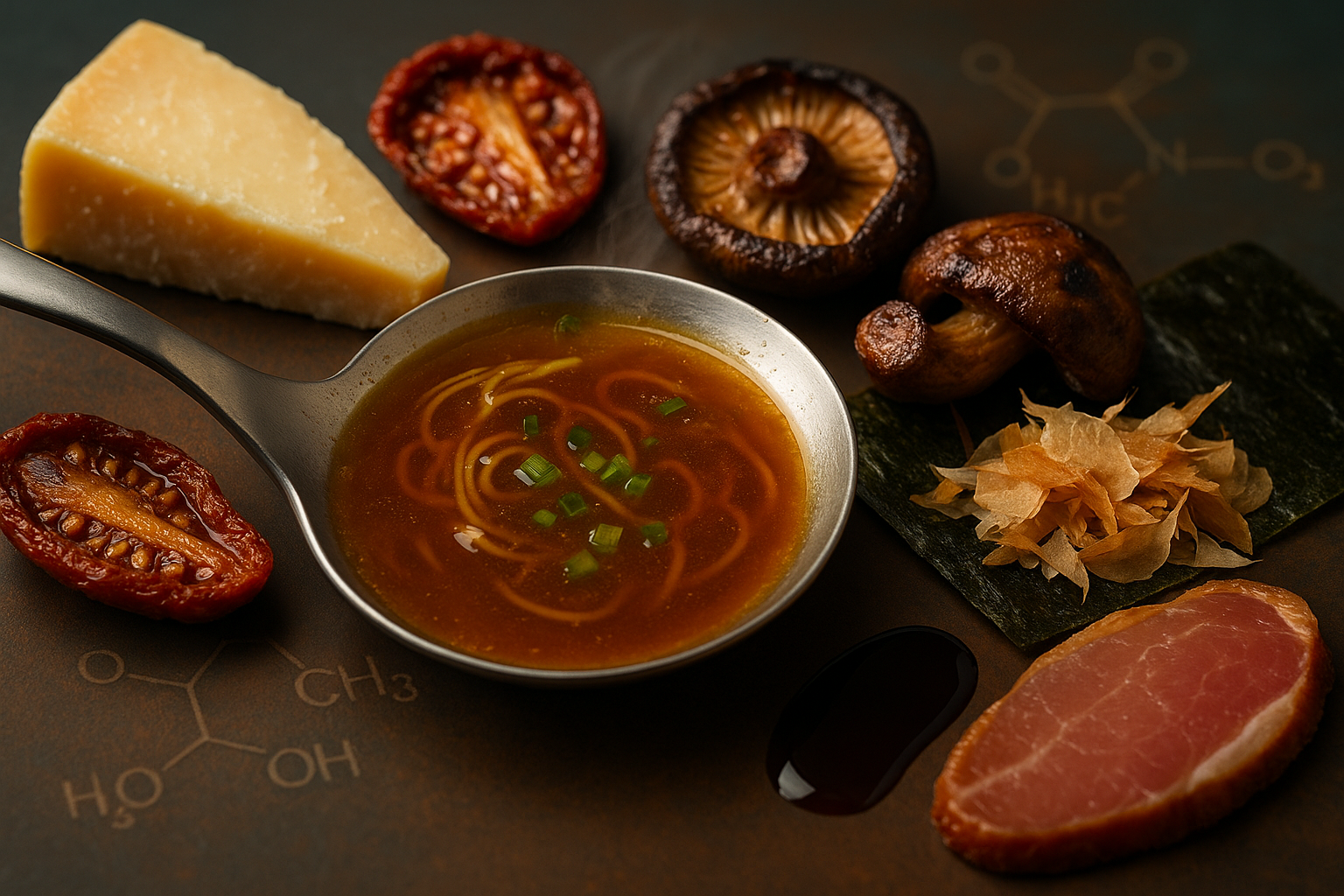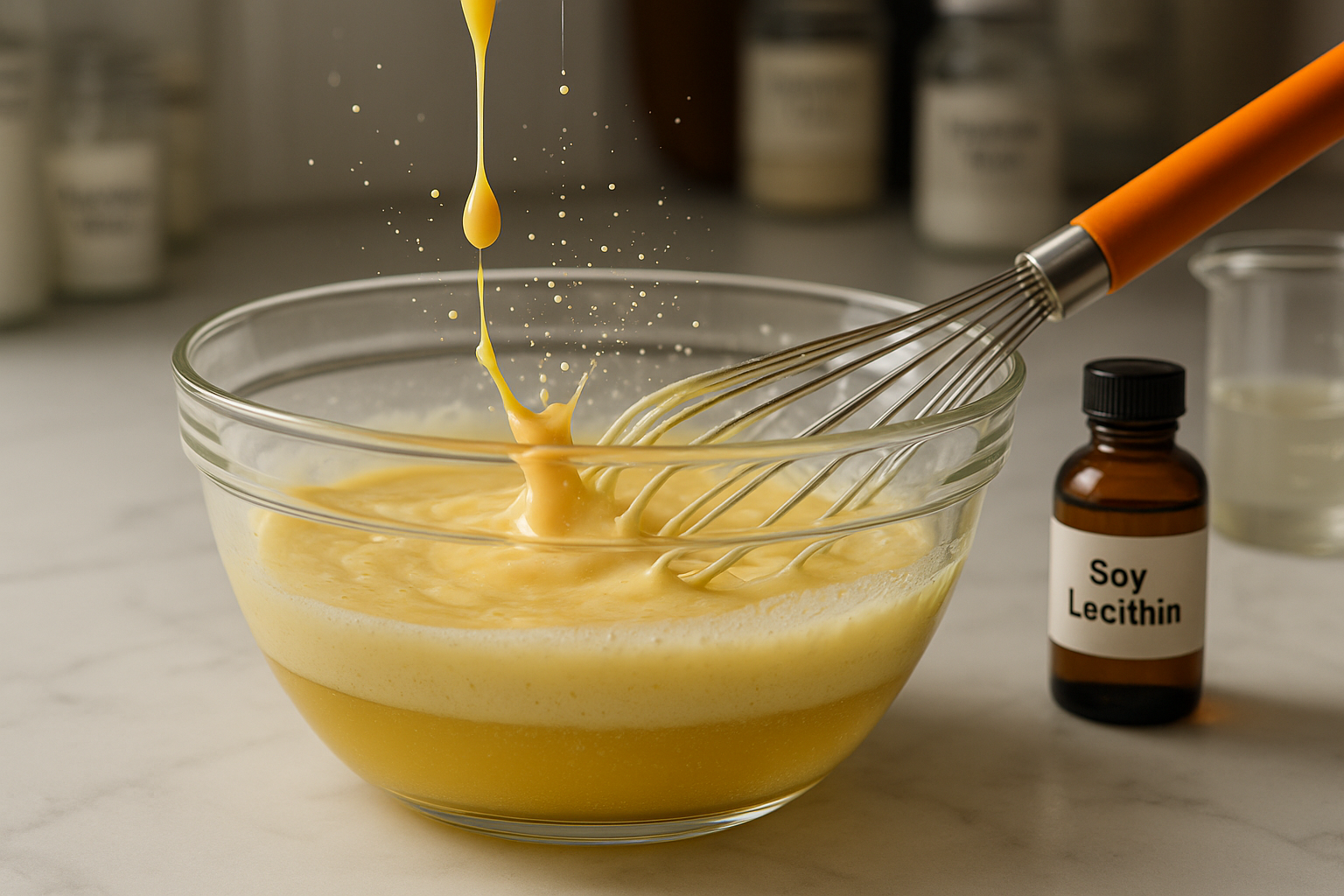
How to Make Vegan Cheese: A Delicious and Easy Recipe
SUBSCRIBE TO OUR BLOG
Promotions, new products, and recipes.
What You Will Learn
-
How to make creamy, flavorful vegan cheese at home using simple, wholesome ingredients like cashews, tapioca starch, and nutritional yeast.
-
The health and dietary benefits of dairy-free, gluten-free cheese alternatives, including lower saturated fat and no animal products.
-
Step-by-step instructions for preparing, blending, cooking, and setting your vegan cheese for perfect texture.
-
Tips for customizing flavor and consistency, from tangy, sharp notes to soft spreads or firm slices.
-
Creative serving ideas for using vegan cheese in recipes such as nachos, pizza, grilled cheese, dips, and cheese boards.
If you’ve ever wondered how to make vegan cheese at home, you’re in for a treat. This homemade vegan cheese recipe is simple, customizable, and packed with flavor. Whether you’re new to plant-based eating or a seasoned vegan, creating your own creamy cheese alternative is easier than you think.
By using wholesome ingredients like raw cashews, tapioca starch, and nutritional yeast, you can achieve a cheesy flavor and creamy texture without dairy. This easy recipe is perfect for anyone looking to avoid animal products, saturated fat, or gluten, while still enjoying the rich taste of cheese in their meals.
Why Make Homemade Vegan Cheese?
Making your own vegan cheese at home comes with plenty of benefits that go beyond just dietary preferences. Whether you're trying to reduce your reliance on animal products or looking for a healthier alternative to traditional dairy cheese, homemade vegan cheese is an excellent choice. Plus, it’s cost-effective, customizable, and incredibly satisfying to prepare.
Benefits of a Gluten-Free, Dairy-Free Cheese
Homemade vegan cheese is a fantastic alternative for anyone who avoids gluten or dairy. Since it’s free from animal products like cow's milk, it’s naturally dairy-free and suitable for vegan diets. Additionally, it’s much lower in saturated fat and polyunsaturated fat than dairy cheese, making it a healthier option overall. For those who are health-conscious, this cheese is perfect for meal prep and fits seamlessly into gluten-free diets. By using simple ingredients, you can create a cheesy flavor that rivals store-bought options but is free from additives and preservatives.
Another advantage is the ability to customize the flavor and texture to suit your taste. You can adjust the tanginess, saltiness, and creaminess to your liking, which makes homemade vegan cheese a versatile addition to your kitchen. From soft spreads to firm slices, you can experiment with various recipes to achieve the exact type of cheese you want.
Tracking Tools and Nutritional Benefits
One of the best things about making your own vegan cheese is that you have complete control over the ingredients and their nutritional benefits. Many store-bought vegan cheeses are packed with oils and processed starches, but homemade versions let you monitor nutrition information more closely. For instance, you can ensure your cheese includes b vitamins, which are essential for energy production and overall health.
Homemade vegan cheese also tends to be lower in monounsaturated fat compared to traditional dairy cheese, making it a heart-healthy option. By using nutrient-rich ingredients like raw cashews and nutritional yeast, you can create a cheese substitute that’s not only delicious but also nourishing. This control over ingredients is particularly beneficial for those with specific dietary goals or restrictions.
Ingredients Needed for Homemade Vegan Cheese
Creating your own vegan cheese doesn’t require a long list of complicated ingredients. In fact, most recipes call for items that you might already have in your pantry or can easily find at health food stores. Here’s what you’ll need for a basic yet delicious vegan cheese recipe:
The base of the cheese often involves 1 cup cashews or soaked cashews. Cashews are a popular choice because they create a creamy texture when blended, making them ideal for vegan cheese recipes. You’ll also need 2 tablespoons of lemon juice, which adds a subtle tanginess to mimic the flavor of dairy cheese. For seasoning, 1 teaspoon of garlic powder or onion powder can be used to enhance the savory notes.
To achieve the perfect consistency, 2 tablespoons of tapioca starch or tapioca flour are essential. This ingredient helps give the cheese its stretchiness and smooth texture, making it great for recipes like vegan mozzarella cheese. Additionally, 1 cup of water or cold water is used to blend the ingredients into a smooth mixture. For added depth of flavor, you can include optional ingredients like miso paste, white miso, or nutritional yeast. These ingredients contribute to the cheesy flavor and umami notes, elevating the taste of your homemade cheese.
All of these ingredients come together to create a delicious, dairy-free alternative to traditional cheese. By experimenting with optional additions, you can tailor the recipe to suit your personal preferences and dietary needs.
Step-by-Step Cheesemaking Process
Prep Time, Tools, and Cook Time
The process of making vegan cheese is simpler than you might think, requiring minimal prep time and just a few tools. The prep time is approximately 10 minutes, during which you’ll gather your ingredients and soak your cashews. The total time for the recipe is about 20 minutes, including cooking and blending.
As for tools, you’ll need a high-speed blender or a food processor to achieve a smooth cheese mixture. A small saucepan is also necessary for heating and thickening the cheese. With these basic kitchen tools, you’ll be able to create a homemade vegan cheese that’s both creamy and flavorful.
Instructions for Creamy Vegan Cheese
Follow these simple steps to make your own vegan cheese:
First, soak raw cashews in hot water for about 10 minutes. If you prefer, you can soak them overnight for an even creamier result. Once the cashews are softened, drain them and add them to your high-speed blender or food processor.
Next, blend the cashews with 1 cup of water, 1 teaspoon of garlic powder, and a pinch of salt. Blend until the mixture is smooth and creamy, ensuring there are no lumps. If the mixture is too thick, you can add a little more water to achieve the desired consistency.
Now, add 2 tablespoons of tapioca starch to the blender and blend again until well combined. This ingredient is key for creating the stretchy, gooey texture that’s often associated with vegan mozzarella cheese.
Pour the blended mixture into a small saucepan and heat it over medium heat. Stir constantly to prevent sticking, and watch as the mixture begins to thicken. Once it reaches the desired consistency, remove it from the heat.
Finally, pour the cheese into a silicone mold or a container lined with cheese cloth. Allow it to cool and set in the refrigerator for a few hours. Once firm, your homemade vegan cheese is ready to enjoy!
Tips for Perfect Vegan Cheese Taste and Texture
Achieving the perfect taste and texture for your homemade vegan cheese is all about choosing the right ingredients and techniques. Small adjustments can make a big difference in how your cheese turns out, so don’t hesitate to experiment with different methods and flavor profiles.
One essential ingredient for a smooth, creamy texture is refined coconut oil. Unlike unrefined coconut oil, the refined version has no coconut flavor, allowing the cheesy flavor to shine through. Adding a small amount of this oil can create a rich, velvety finish that closely mimics the creaminess of dairy cheese.
For tangy, sharp notes similar to dairy cheese, try incorporating white vinegar or lactic acid. These ingredients provide the acidity needed to balance the richness of the cheese, making it taste more authentic. If you prefer a slightly milder tang, you can use lemon juice as a substitute.
To customize the consistency of your cheese, you can experiment with alternative starches like potato starch or cornstarch. These options work similarly to tapioca starch but may result in slightly different textures, allowing you to tweak the recipe to your liking. Additionally, you can add almond milk or soy milk to create variations that suit specific recipes, such as spreads or firmer cheeses.
Finally, for added depth of flavor, consider including nutritional yeast, miso paste, or a pinch of tsp onion powder. These ingredients contribute savory, umami-rich notes that enhance the overall cheesy taste. By adjusting these elements, you can create a cheese tailored to your preferences.
Creative Ways to Use Your Vegan Cheese
Homemade vegan cheese is incredibly versatile and can be used in a variety of dishes to elevate both flavor and texture. Whether you’re preparing comfort food classics or experimenting with new recipes, this dairy-free cheese is a game-changer in the kitchen.
One popular use for vegan cheese is as a sauce for nacho cheese or pasta bakes. The creamy, stretchy texture makes it perfect for drizzling over tortilla chips or mixing into baked pasta dishes for a gooey, satisfying meal. You can also thin the cheese with a little water or almond milk to create a smooth vegan cheese sauce for dipping or pouring over roasted vegetables.
Another creative idea is to use the cheese as a spread, similar to vegan cream cheese. Spread it on bagels, sandwiches, or crackers for a quick and delicious snack. It’s also a fantastic addition to a cheese board, paired with salad dressing, fresh fruit, and crusty bread for a sophisticated appetizer.
If you’re a fan of classic comfort foods, try melting your vegan cheese into a grilled cheese sandwich or using it as a topping for pizza. Its creamy texture and cheesy flavor make it an excellent substitute for dairy cheese in these dishes. You can also incorporate it into soups, casseroles, or even homemade vegan mozzarella for dishes that require melty, stretchy cheese.
For those who enjoy experimenting in the kitchen, consider using your vegan cheese as a base for other recipes. Add herbs, spices, or even chopped vegetables to create flavored cheeses that pair well with specific cuisines. The possibilities are endless when you have a versatile homemade cheese at your disposal.
Homemade Vegan Cheese: A Sustainable Choice
Making your own vegan cheese at home is not only healthier and tastier but also a more sustainable and ethical option. By choosing to create your own cheese, you avoid supporting industries that rely on animal products like cow's milk, reducing your environmental footprint.
Additionally, homemade vegan cheese aligns with non-commercial use and ethical cheesemaking practices. It allows you to control the ingredients and avoid additives or preservatives commonly found in store-bought options. Plus, by avoiding packaged products, you can reduce waste and contribute to a more sustainable lifestyle.
Another benefit of homemade cheese is that it helps you avoid concerns related to online tracking tools, use of cookies, or ad-serving practices that often accompany online purchases. By making your own cheese, you can opt-out of the sale of personal information or the sharing of your information with third-party companies. This ensures a more private and personal experience in your cooking journey.
Lastly, creating your own cheese fosters a deeper connection to the food you consume. It allows you to explore new ingredients, learn about different cooking techniques, and take pride in creating something from scratch. This hands-on approach is not only rewarding but also a step toward a healthier, more mindful way of living.
10 FAQs – Homemade Vegan Cheese
1. What is vegan cheese made of?
Vegan cheese is made from plant-based ingredients such as cashews, tapioca starch, nutritional yeast, lemon juice, and seasonings, without any dairy.
2. Does vegan cheese taste like dairy cheese?
Yes, with the right blend of ingredients like nutritional yeast, lemon juice, and miso paste, vegan cheese can achieve a rich, tangy, and savory flavor similar to dairy cheese.
3. Why use cashews in vegan cheese recipes?
Cashews create a smooth, creamy texture when blended, making them ideal for dairy-free cheese.
4. What does tapioca starch do in vegan cheese?
Tapioca starch helps create stretchiness and a melty texture, especially in recipes for vegan mozzarella.
5. Can I make vegan cheese without nuts?
Yes. You can substitute seeds (like sunflower seeds) or use soy-based or vegetable-based recipes for a nut-free version.
6. How long does homemade vegan cheese last?
It typically lasts 5–7 days in the refrigerator in an airtight container, or it can be frozen for longer storage.
7. Can I melt homemade vegan cheese?
Yes. Depending on the starch used, it can melt and stretch for use in dishes like pizza, grilled cheese, or casseroles.
8. Is homemade vegan cheese healthier than store-bought?
Usually, yes. Homemade versions let you avoid additives, excess oils, and preservatives while controlling the nutrition profile.
9. Can I make flavored vegan cheeses?
Absolutely. You can add herbs, spices, smoked paprika, garlic, or even chopped vegetables for customized flavors.
10. Is homemade vegan cheese sustainable?
Yes. Making it at home reduces packaging waste, avoids animal agriculture impacts, and supports an eco-friendly lifestyle.

|
About the Author Ed is the founder of Cape Crystal Brands, editor of the Beginner’s Guide to Hydrocolloids, and a passionate advocate for making food science accessible to all. Discover premium ingredients, expert resources, and free formulation tools at capecrystalbrands.com/tools. — Ed |
Enjoyed this post? Subscribe to The Crystal Scoop
Food-science tips, ingredient know-how, and recipes. No spam—unsubscribe anytime.
- Choosing a selection results in a full page refresh.



